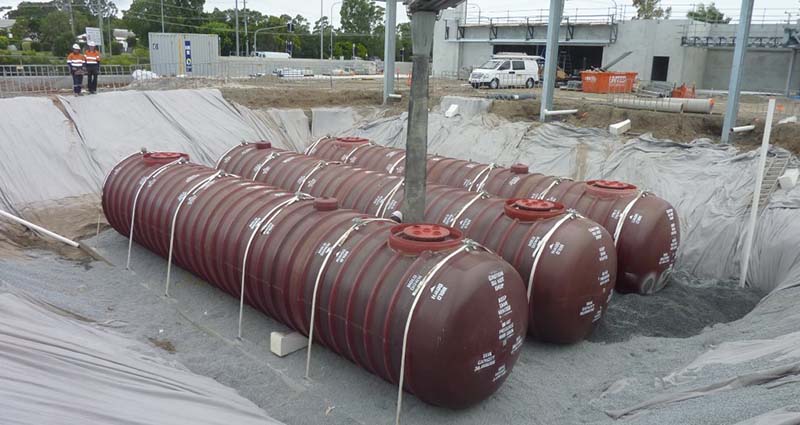Underground Petroleum Storage Systems (UPSS) and Vapour Recovery (VR)

Underground Petroleum Storage Systems
Underground petroleum storage systems (UPSS) include underground fuel tanks and the associated fuel lines and bowsers which are commonly found at service stations, golf clubs and marinas.
Leaks from underground fuel tanks and pipework are a common source of soil and groundwater contamination in NSW, and there is a clear need for operators of a UPSS to have systems in place to help prevent, report, and fix fuel leaks if they occur.
Local councils were transferred regulatory powers from the NSW Environment Protection Authority (EPA) for underground petroleum storage systems on 1 September 2019.
The person responsible for a UPSS is the person who has ‘management and control’ of the system. The person responsible must have procedures and systems in place to detect and manage any fuel loss and/or leaks as early as possible, and document these in a Fuel System Operation Plan for the premises.
The person responsible for the UPSS must, immediately after becoming aware of a pollution incident, notify Council. Where the notification was verbal, a written notification using Council’s Leak Notification Form must be submitted to Council within seven days. Download Council’s UPSS Leak Notification form (PDF 169kb).
Vapour Recovery
Vapour Recovery (VR) relates to the equipment required to be installed at service stations to capture petrol vapours before they enter the atmosphere from underground tanks and bowsers. There are two stages or types of vapour recovery that may be required at a service station dependent on the volume of fuel supplied annually. These include Stage 1 Vapour Recovery (VR1) which limits vapour emissions resulting from unloading petroleum from a fuel tanker into underground storage tanks, and Stage 2 Vapour Recovery (VR2) which captures displaced vapour emissions when a vehicle is being refueled at the bowser, returning the vapour to the underground storage tanks.
Local councils became the appropriate regulatory authority for vapour recovery at service stations on 31 January 2017.
Service station owners are required to provide Council with commissioning reports for Stage 1 and Stage 2 vapour recovery installation works, within one month of commissioning. The commissioning forms required to be submitted to Council can be downloaded here:
- Commissioning of Stage 1 Vapour Recovery (PDF 34kb)
- Commissioning of Stage 2 Vapour Recovery (PDF 52kb)
Applicable legislation
The Protection of the Environment Operations (Underground Petroleum Storage Systems) Regulation 2019 aims to minimise the risk to human health and the environment through best practice design, installation, maintenance, and monitoring of UPSS in NSW.
The Protection of the Environment Operations (Clean Air) Regulation 2010 prescribes performance standards for the installation and operation of vapour recovery control equipment at service stations.
Appropriate Regulatory Authority for UPSS regulation
The EPA remains the appropriate regulatory authority for UPSS sites that are:
- operated by public authorities
- in the unincorporated areas of NSW
- subject to an Environment Protection Licence
- subject to a notice issued by the EPA for a matter under the Protection of the Environment Operations (Underground Petroleum Storage Systems) Regulation 2019, until the actions in the notice have been complied with.
Further information
For further information, please contact Council’s Environmental Protection Team on 9847 6829, or via email at compliance@hornsby.nsw.gov.au
Guidance documentation prepared by the NSW EPA can also be found https://www.epa.nsw.gov.au
Image credit: EPA NSW







